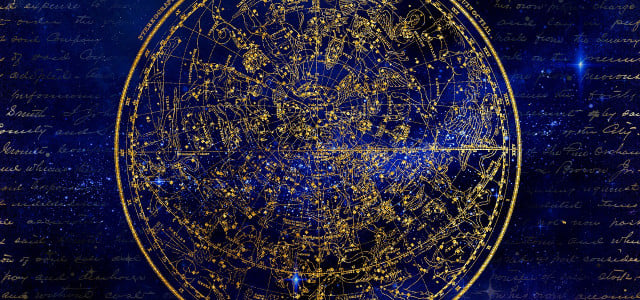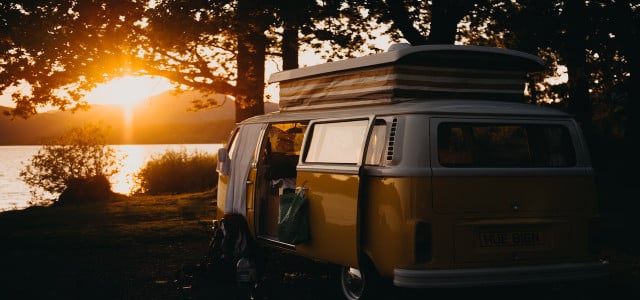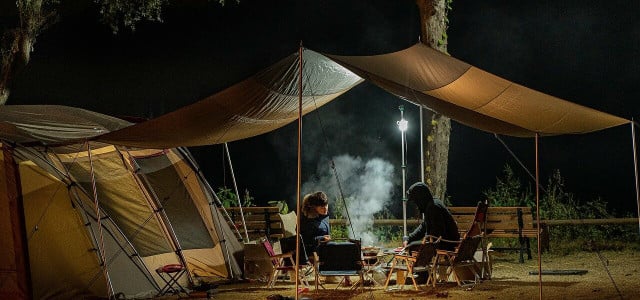If you look up to the sky to see constellations, you may wonder why they are in a certain spot or how to see them better. Read on to learn about northern hemisphere constellations.
Northern hemisphere constellations are those found above the celestial equator. There are around 36 constellations in the north, most of which are associated with various Greek myths and legends.
There are many different constellations in the northern hemisphere and they make up two “families”: the Ursa Major family and the Perseus family. These two massive families of stars contribute to the stories and pictures that illustrate the northern hemisphere, but with a constant movement in space finding the best time to stargaze them can be difficult.
There are certain northern hemisphere constellations which can be seen year round. These include:
- Cassiopeia
- Cepheus
- Draco
- Ursa Major
- Ursa Minor
Northern Hemisphere Constellations: Spring
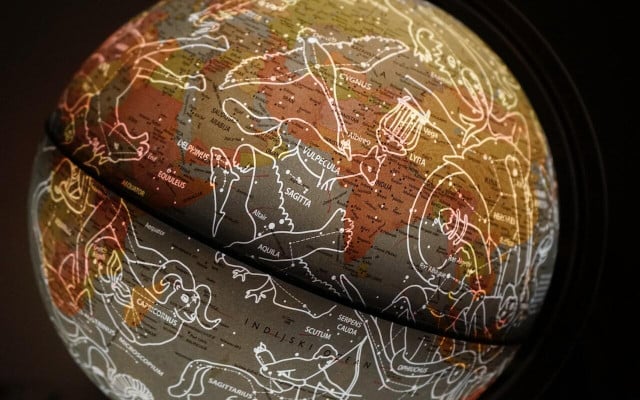


For the northern hemisphere, spring constellations are best visible from late March to late June. The best constellations to stargaze in spring are:
- Bootes: containing the brightest star in the northern hemisphere.
- Cancer
- Virgo
- Hydra: the largest constellation in the sky
- Antila
- Chamaeleon
- Corvus
- Crater
- Lupus
- Lynx
- Musca
- Pyxis
- Sextans
Spring is the best time to view these constellations and two more can be found only just north, no further, above the equator:
- Centaurus
- Crux
Northern Hemisphere Constellations: Summer
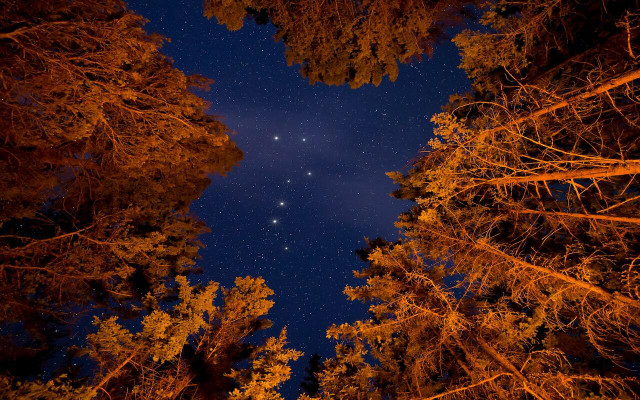


For the northern hemisphere, summer constellations are best visible from June to late September. In summer, the northern hemisphere is full of constellation groupings:
- The Summer Triangle: Aquila, Cygnus and Lyra.
- Apus
- Ara
- Capricornus
- Circinus
- Corona Borealis
- Delphinus
- Equuleus
- Hercules
- Indus
- Libra
- Microscopium
- Norma
- Ophiuchus
- Pavo
- Sagittarius
- Scorpius
- Scutum
- Serpens
- Telescopium
- Vulpecula
Northern Hemisphere Constellations: Fall
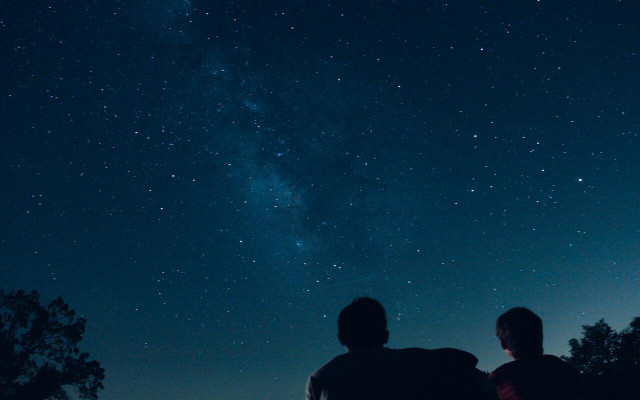


From late September to early December, the northern hemisphere contains many eminent constellations including three zodiacs and the Perseus Family:
- Andromeda
- Aquarius
- Aries
- Capricornus
- Cassiopeia
- Cepheus
- Cetus
- Grus
- Lacerta
- Octans
- Pegasus
- Perseus
- Phoenix
- Pisces
- Sculptor
- Triangulum
- Tucana
Northern Hemisphere Constellations: Winter
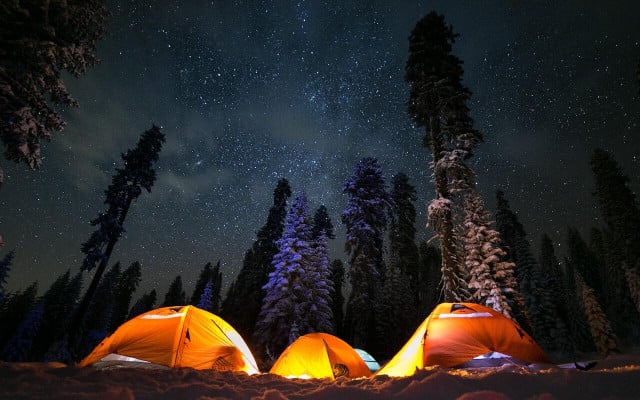


Winter constellations are best seen from late December to late March. The brightest constellations in winter include:
- Auriga
- Canis Major
- Canis Minor
- Carina
- Eridanus
- Gemini
- Monoceros
- Orion
- Taurus
In winter, the southern hemisphere shares constellations with the northern hemisphere. In winter, there are the collections of constellations: the Winter Hexagon and the Winter Triangle. The Winter Triangle includes Orion and two stars from Canis Major. The Winter Hexagon has seven stars from: Sirius, Procyon, Gemini, Auriga, Taurus, and Orion.
Stargazing Obstacles
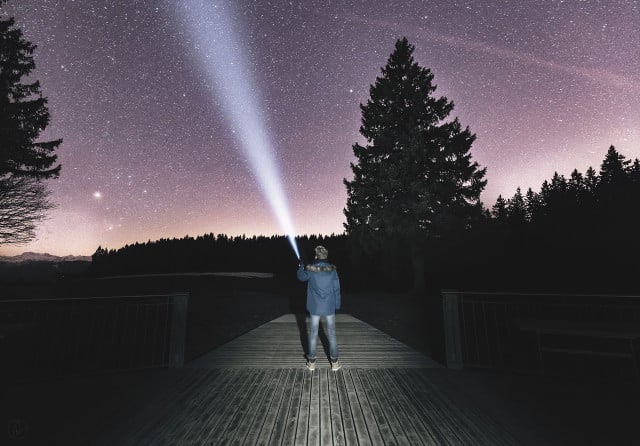


According to astronomers, the future of stargazing is at risk. If you live out somewhere rural chances are you see constellations vividly. Despite this, there are factors whether you are in the city or not that are contributing to the dimming of our star vision. Rising temperatures, increased and frequent wildfires, and pollution are all harming astronomical observations.
In terms of pollution, the stars are being blocked by smog, aerosols, or other light from dense urban areas. An increase in pollutants like aerosols decreases the amount of light that’s able to make it down to earth because the pollutants float in the atmosphere as light particles for a very long time. Industries like mining contribute to the aerosol pollution as well as light pollution because they work through the night. Other than the anthropogenic causes of constellation blindness, weather can affect how you see the stars as well. A cloudy evening or night will prevent you from mapping out these constellations. Here are some of the best tips for stargazing in the Northern Hemisphere.
Tips for Best Stargazing
First, you should practice stargazing with your naked eye before purchasing or utilizing any telescopes. Try downloading a stargazing app for the northern hemisphere to help you find your way. The best time to go stargazing is in the summer months. You should bring basics like blankets, flashlights, a map, and some food. You should go somewhere that is naturally dark as to avoid light pollution blocking your view: leave dense urban areas and find a remote or isolated niche to watch the sky.
After you find a spot, you should stare at the sky and then let your eyes adapt to the dark for 10 minutes. You should start to see many more stars appearing in the sky as you adapt. Bringing binoculars or a telescope can help you see the stars closer once you have found a spot and adjusted. Using a star map, you can point out the correct constellations that appear in the season in which you go. With friends or family, you can find and point out constellations in the night sky while using them to find others. Each season, you will see different constellations above your head.
Read more:
- 11 Tips for an Amazing Backyard Camping Experience
- Moon Milk: Make This Trendy Ayurvedic Beverage Yourself
- 11 Eco-Friendly Outdoor Date Ideas
Do you like this post?






